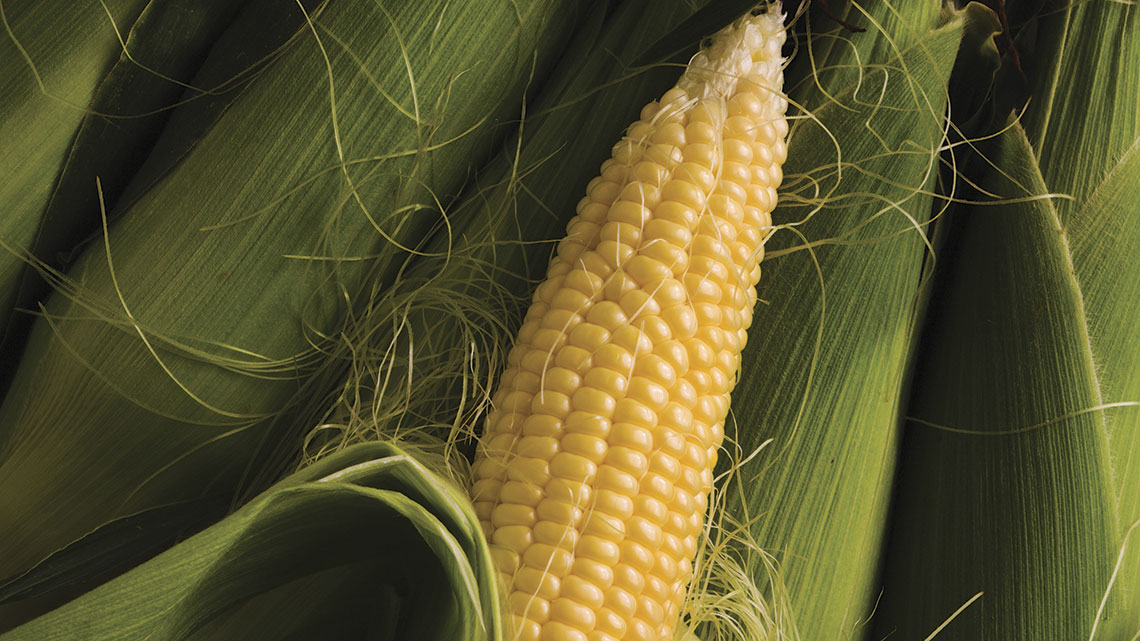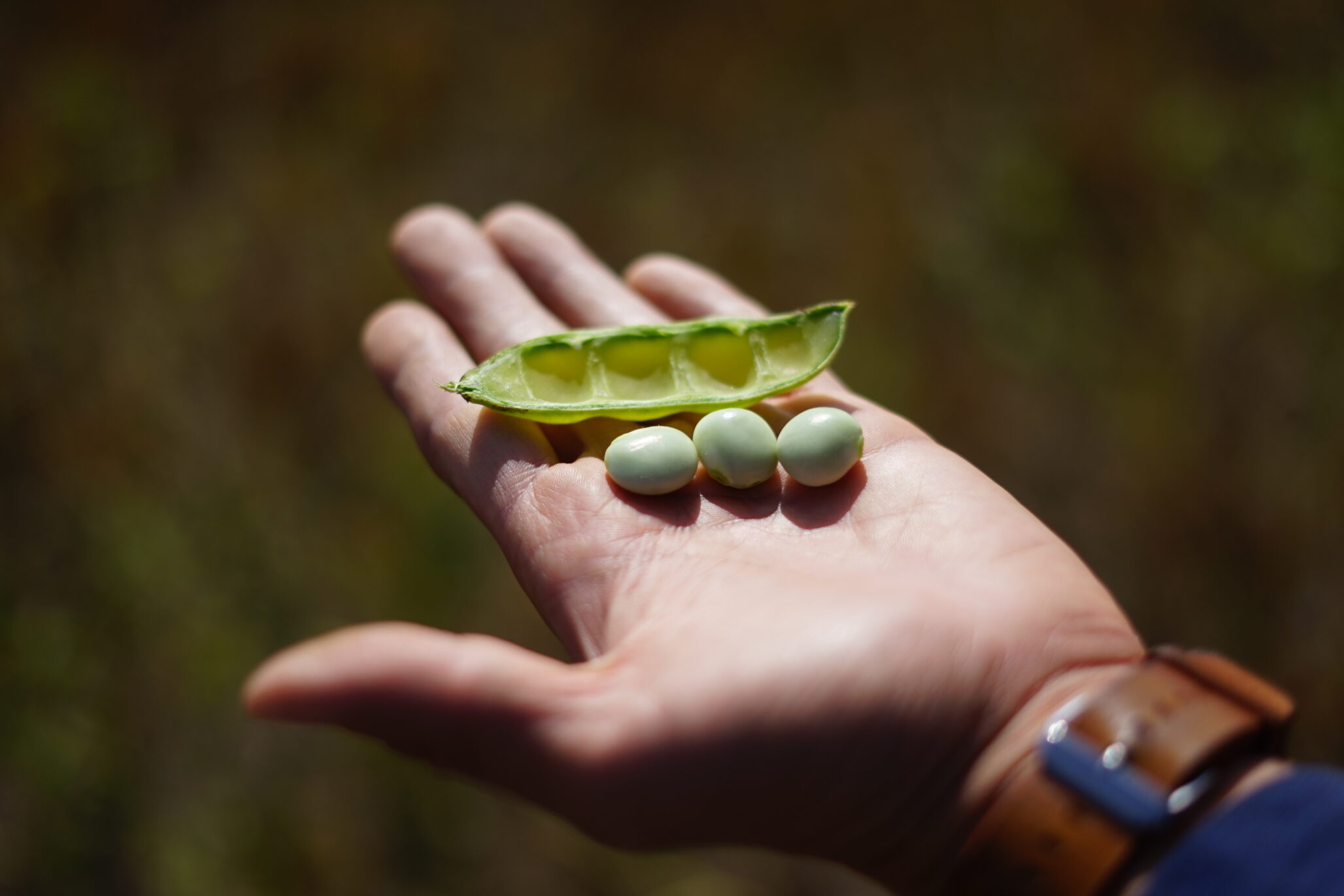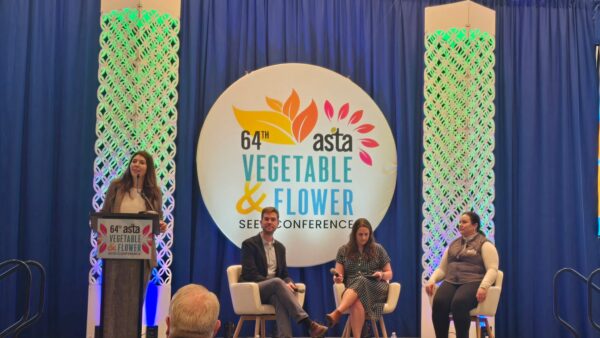Corn hybrids with improved tolerance to crowding stress, grown at higher plant populations than their predecessors, have been a driver of rising field corn yields in recent decades. Large differences in crowding stress tolerance (CST) recently reported among popular sweet corn processing hybrids has growers and processors wondering if newly emerging hybrids also offer improved CST.
Martin Williams, a University of Illinois crop scientist and ecologist with the USDA-Agricultural Research Service, said this question is fundamentally important in improving the sustainability of sweet corn production in the United States and maintaining dominance in sweet corn production globally.
In a recently published study, Williams identified a more efficient method for comparing and identifying processing sweet corn hybrids for CST.
In order to identify CST hybrids in field corn, researchers usually compare hybrids grown across a range of plant populations. However, Williams explained sweet corn trials are hand harvested, as opposed to being mechanically harvested, and during a very narrow window of time. Sweet corn is then processed, which involves husking ears and cutting fresh kernels, also often by hand.
“Because of time and labor constraints in processing sweet corn, comparing more than a few hybrids with the ‘field corn approach’ is impractical,” Williams said.
More information is available here: http://news.aces.illinois.edu/news/study-offers-new-method-identifying-sweet-corn-hybrids-increased-yield-and-profit












